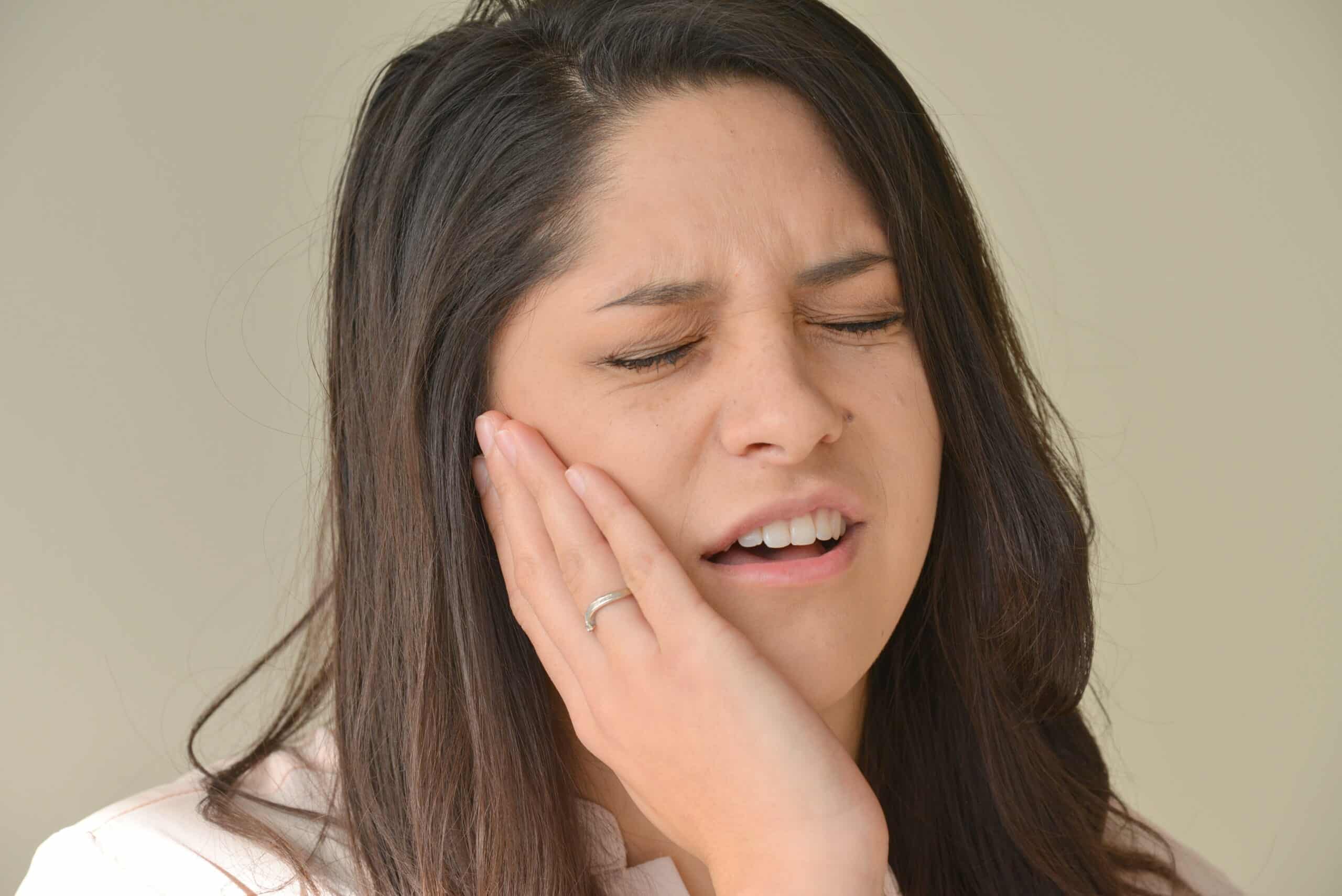We have mentioned temporo-mandibular joint dysfunction. Then there is cranio-mandibular cervical pain. And as well there is myofacial pain dysfunction where the primary problem is not in the joint itself but rather in the associated head and neck muscles.
Most patients who come to us with TMJ problems are concerned about their clicking jaws and perhaps headaches or migraines. Then they realise a lot of other unexplained problems [especially those listed above] may have the same or a related cause. Many of these patients will have experienced these problems for years, and will have sought help from a range of health professionals – doctors, physiotherapists, massage therapists, osteopaths, and acupuncturists – to name just a few. Recently we had a lady come to our office for an opinion on her long term head pains and migraines. As she was leaving after the consultation where we had told her what we thought was her problem, and the treatment we would recommend, her husband said “Twenty”. “Why twenty?” we asked. He replied that we were the twentyieth health practitioner they had visited and the first to make any sense. His wife is now getting better.
If the relationship of the bones in the jaw joint is out of harmony with the dental bite, then whatever drugs or manipulations or massage techniques are tried, once the teeth bite together, then that therapy turns to custard.
If you’re suffering from jaw pain, headaches, or other TMJ-related issues in Epsom, Burford Dental is here to help. Our team of experienced dentists has extensive training in the diagnosis and treatment of TMJ disorders, including those that cause jaw and headache pain. We use the latest techniques and technologies to provide effective relief for our patients.
We understand how debilitating jaw and headache pain can be and how disruptive it can be to your daily life. That’s why we take a holistic approach to treatment and work closely with other healthcare professionals to develop comprehensive treatment plans that address the root cause of your symptoms and provide lasting relief.
Whether you’re dealing with clicking jaws, migraines, or other TMJ-related issues, we’re here to help. To schedule a consultation with one of our experienced dentists and learn more about our effective jaw and headache treatments, please don’t hesitate to get in touch. We would be happy to answer any questions you may have and help you take the first step towards a headache free life.
Unfortunately there is practically no instruction on the TMJ and its functions and pathologies at University Dental Schools. It is up to the individual dentist to further his education in this field by joining organisations of dentists who have a special interest in TMJ problems and by attending courses and conferences [usually overseas] on jaw joint disorders and head and neck pain.
There is no dental speciality for the treatment of TMJ disorders. Sometime oral surgeons will state that they are ‘specialists’ in treating jaw joint problems. This is not quite correct. Oral surgeons tend to look at surgery as an appropriate treatment for jaw pathologies. We strongly disagree with this approach and, over the years, we have treated many patients who could be described as ‘dental cripples’ following surgery to their joints.
On the other hand we do cooperate frequently with doctors, physiotherapists, cranio osteopaths, acupuncturists, and other health professionals. Working with these other therapists who understand the joint and its associated structures may enable us to achieve a greater improvement for the patient than by working alone.
Dr John has been a member of the American Academy of Craniofacial Pain [AACP] for 30 years and has, by attending courses and passing rigorous exams, achieved the status of ‘Distinguished Fellow’ in that organisation. He attends conferences in the United States every year and has completed over 1100 hours of continuing education in this field. Dr John has lectured on aspects of the TMJ and its problems in New Zealand, Australia, the US, Canada, Africa, and Romania.
A recent exciting development in this field is the discovery by Dr Brendon Stack [a friend of Johns] that dental splints are capable of calming the effects of movement disorders, including Tourettes Disorder. Take a look at Brendan Stack’s videos on YouTube.
Dr John is treating several patients with movement disorders, including Tourettes, with encouraging results.




